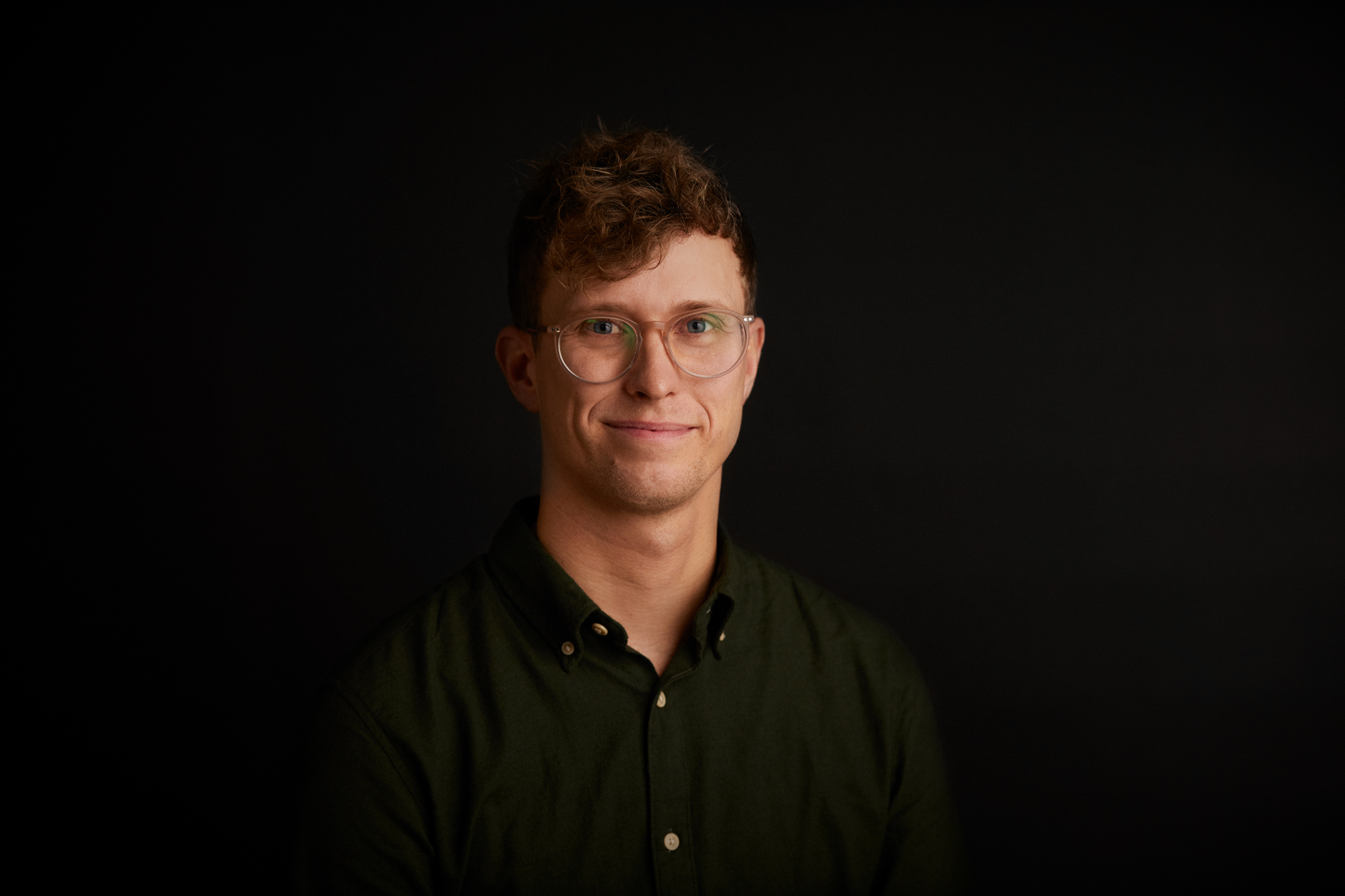Rasmus Mortensen
Research leader

Project title
Opening a backdoor to the tuberculosis granuloma by vaccine-promoted tertiary lymphoid structures
What is your project about?
Tuberculosis (TB) is a neglected infectious disease that kills more than 1.5 million people every year and more effective vaccines are needed. The overall purpose of my project is to understand the signals that control the mobility and positioning of the body’s immune cells in the infected tissue. The newest research shows that the central barrier for protective immunity against TB is lack of contact between the T cells and the infected cells. During TB infection, a condensed tissue structure, called the granuloma, is formed where the infected cells are packed in the center while the T cells are in the periphery. This is the body’s attempt to stop bacterial dissemination, but the exclusion of T cells from the granuloma core prevents the immune system from eliminating the bacteria and preventing pulmonary disease. Preliminary data from my group shows that our newly developed TB vaccine can promote formation structures that resemble small lymph nodes. These are often located inside the granuloma, and my hypothesis is that they act as a backdoor for T cells, which can naturally enter lymph nodes. If correct, formation of these so-called tertiary lymphoid structures would overcome the barrier of T cell positioning and increase protective immunity against TB.
How did you become interested in your particular field of research?
I have always been fascinated by the body’s ability to heal and fight diseases, so in the early years of my education I quickly became interested in the immune system. Usually our immune defenses are successful at clearing infections, but in special cases the virus or bacteria has developed survival strategies that allow them to evade the immune system and persist in chronic infections. In these cases there are particular criteria for what a vaccine must do to help the immune system, and this is the focus of my research. This is both challenging but also incredibly exciting. Tuberculosis is one of the biggest killers globally and it is a great privilege to make a difference by bringing the field forward.
What are the scientific challenges and perspectives in your project?
Our understanding of the immune system is constantly under development, and over the last couple of years I have witnessed how new techniques have made it possible to visualize immune responses in 3D. Traditionally, we have described immune responses by looking at which cells participate, but now it is possible to map where the cells are located and how they interact with each other. Given that the tuberculosis granuloma constitutes a complex structural barrier for the immune system, my research question can only be answered by using this kind of advanced techniques. This is a great technical challenge that we will solve together with leading international experts in the field.
What is your estimate of the impact, which your project may have to society in the long term?
As demonstrated by the current covid-19 pandemic, vaccine research is more important than ever. Tuberculosis remains one of the biggest global health problems, anda new and improved vaccine would be able to save millions of lives every year. However, the barrier for this is a lack of knowledge on how to promote protective immunity against TB. The goal of my research is to identify what type of immune response that leads to vaccine protection, and, if successful, this project could lead to a paradigm shift in the field. In this way, the project will answer a fundamental research question while advancing the development of new vaccines. In addition to TB vaccine research, new knowledge on the mobility of T cells could also benefit research into therapies against cancer and autoimmune diseases.
Which impact do you expect the Sapere Aude programme will have on your career as a researcher?
It is a great honor to be part of the Sapere Aude-program and this grant gives me the opportunity to create the perfect framework for my research. Together with my group, I will now be able to expand my network both internationally and in Denmark, and implement the newest techniques that are required to maintain a place in the top of my research field. Furthermore, the recognition that follows a Sapere Aude grant will also strengthen my ability to get additional research funding, which is an essential component of driving successful science.
Background and personal life
I started my studies in Aalborg and later moved to Copenhagen where I also did my PhD. As the family grew bigger, the need for space became obvious, and I now live in Hvidovre with my wife, Miamaja, and our two daughters, Karla and Freja. We love to spend time together in the outdoors and for me, nature is also the place I recharge my batteries. Whenever I have the chance, I grab my fishing gear and go to the coast where my mind can wander. I always enjoy visiting new places and benefit from all the travelling that my work offers.
View all research leaders here
Research institution
Statens Serum Institut
Research field
immunology
City of your current residence
Hvidovre
High school
Hobro Gymnasium
